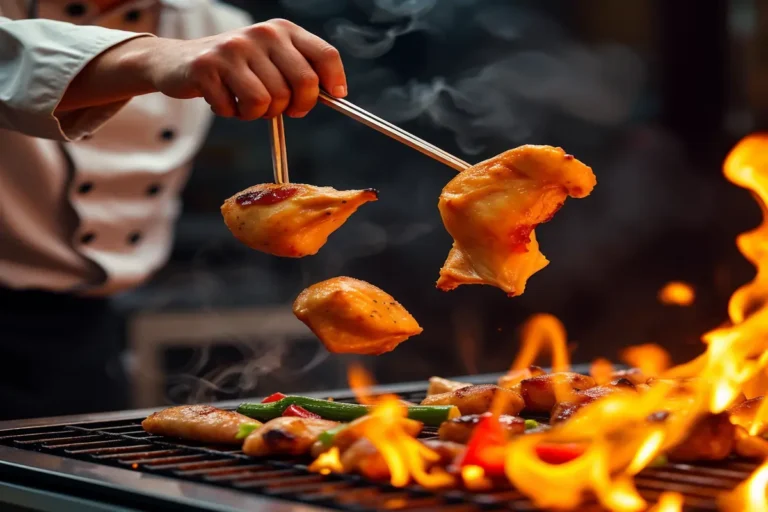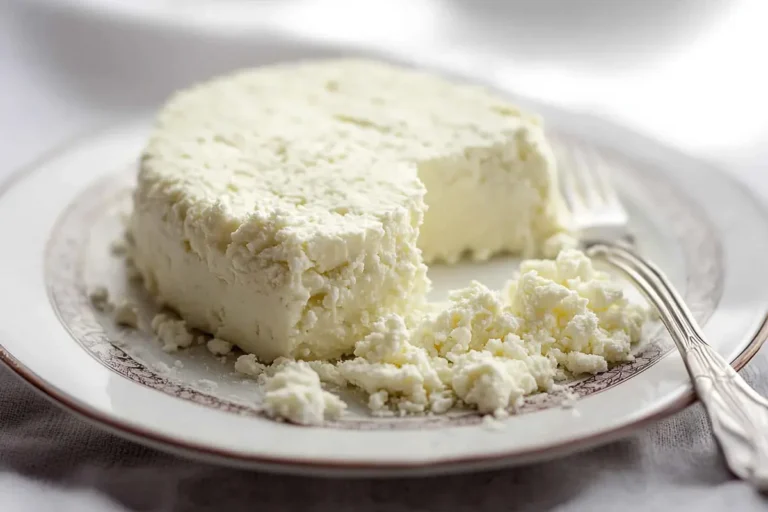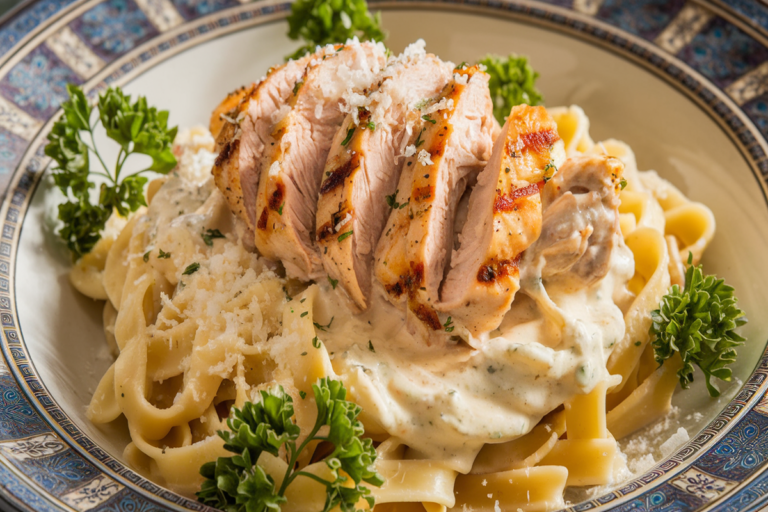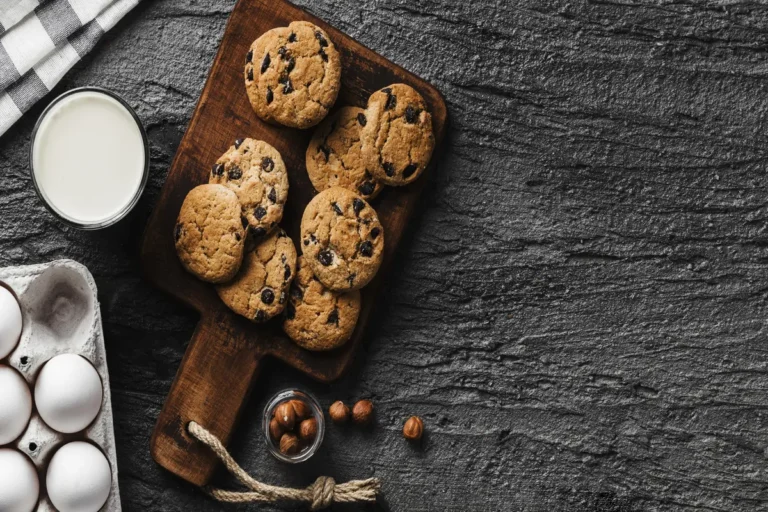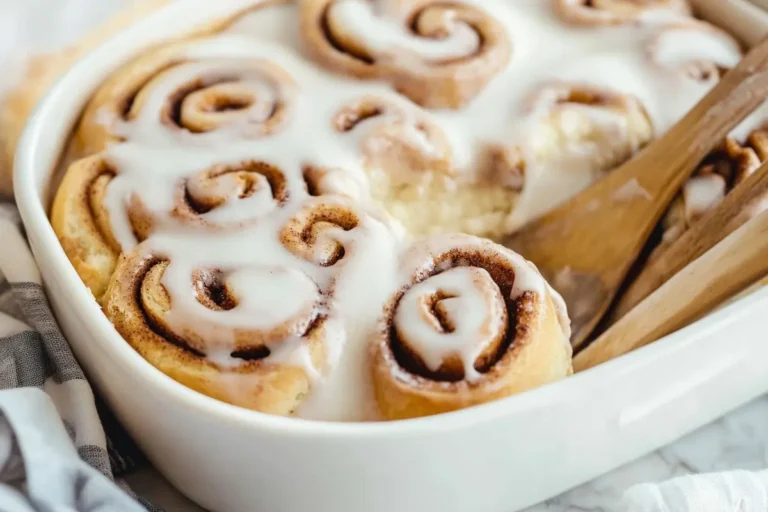How Long to Brown Ground Beef in a Skillet
Brown Ground Beef is a fundamental kitchen technique that adds flavor and texture to many dishes. Whether you’re making tacos, spaghetti sauce, or casseroles, perfectly browned beef enhances any recipe. But how long does it take? In this article, we’ll explore everything you need to know about browning ground beef, from the process itself to the best tools and techniques to make it efficient and delicious.
What is Browning Ground Beef?
Browning is the process of cooking ground beef until the surface turns golden brown and flavorful. It occurs due to the Maillard reaction, a chemical process that enhances the beef’s flavor as proteins and sugars react under heat.
Why Brown Ground beef?
When you Brown Ground Beef, you’re not just cooking it; you’re unlocking complex flavors that add depth to your dishes. Browning also ensures the beef is fully cooked and free of harmful bacteria. According to Serious Eats, the Maillard reaction is crucial for achieving that perfect crust and flavor profile in ground beef.
How Long Does It Take to Brown Ground Beef?
On average, browning ground beef takes about 7-10 minutes over medium-high heat in a skillet. However, various factors can affect the cooking time, such as the fat content of the beef, skillet type, and whether you start with fresh or frozen beef.
Factors Affecting Cooking Time
- Fat Content: Higher fat content, like 80/20 ground beef, releases more fat, which can help the beef cook faster. On the other hand, leaner options like 90/10 might require a little more oil to prevent sticking.
- Skillet Type: Cast iron skillets retain heat well and may brown beef faster, whereas non-stick pans might take longer due to uneven heating.
- Fresh vs. Frozen Beef: Fresh ground beef will brown faster compared to frozen beef, which requires extra time to thaw during the cooking process.
For more on this, check out this resource on choosing the right skillet for cooking ground beef.
Step-by-Step Guide to brown ground beef
Follow these steps for perfectly browned ground beef every time.
Step 1: Preheat Your Skillet
Start by preheating your skillet over medium-high heat. This ensures the beef will cook evenly and start browning right away.
Step 2: Add Oil (Optional)
If you’re using lean ground beef (90/10 or higher), add about a tablespoon of oil to the skillet to prevent the meat from sticking. If you’re using higher-fat ground beef (80/20), you can skip this step since the fat will render out during cooking.
Step 3: Break Up the Ground Beef
Place the beef in the skillet and break it up into smaller chunks. Let it cook for about 3-4 minutes without stirring. This allows the beef to brown evenly on one side.
Step 4: Stir and Break Apart
After the first side has browned, stir the beef and break it into smaller crumbles. Continue cooking for another 3-5 minutes, stirring occasionally, until all the beef is browned.
Step 5: Drain the Fat
Once the beef is fully browned, drain the excess fat. This step is especially important for higher-fat ground beef like 80/20. Draining ensures your dishes don’t turn out greasy.
For more details, you can refer to the How to Cook Ground Beef in a Skillet guide.
Common Mistakes to Avoid
Overcrowding the Skillet
If you put too much beef in the skillet, it will steam rather than brown. To avoid this, cook in batches if necessary.
Not Preheating the Skillet
A cold skillet will cause the beef to stick and release moisture, leading to steaming instead of browning. Always preheat your skillet for even cooking.
Overstirring the Beef
Resist the urge to stir constantly. Let the beef sit for a few minutes to achieve that rich, browned texture.
Should You Season Before or After Browning?
There’s some debate on whether to season beef before or after browning. Most chefs recommend seasoning halfway through the browning process. Salt draws moisture out of the beef, so adding it too early can make the beef steam instead of brown.
- Add salt, pepper, and other seasonings like garlic powder halfway through the cooking process for the best results.
Adding Aromatics and Vegetables
For extra flavor, you can add aromatics like onions, garlic, or bell peppers to the skillet. If you’re adding vegetables, do so after the beef has mostly browned. This allows them to soften without overcooking the beef.
How to Store and Freeze Browned Ground Beef
If you’ve browned more beef than you need, you can store the rest in the refrigerator for up to 3-4 days. Alternatively, freeze it for up to 3 months. For best practices on freezing, check out this guide on storing cooked ground beef.
Recipes Using brown ground beef
Once you’ve mastered the art of browning ground beef, it becomes a versatile ingredient for many dishes. Here are a few ideas:
- Tacos
- Spaghetti Bolognese
- Chili
- Casseroles
- Salisbury steak (Link to Salisbury Steak Recipe)
Frequently Asked Questions (FAQs)
How do I know when ground beef is fully browned?
Ground beef is fully browned when it has no pink spots left and the crumbles are evenly browned.
Should you brown ground beef with or without oil?
It depends on the fat content of the beef. Higher-fat beef (80/20) may not need oil, but leaner options (90/10) benefit from a tablespoon of oil to prevent sticking.
Can you brown ground beef from frozen?
Yes, but it will take longer. Start by thawing the beef in the skillet over low heat, then increase the temperature to medium-high once it’s no longer frozen in the center.
What temperature should ground beef be browned at?
Medium-high heat is ideal for browning ground beef. This allows the meat to cook evenly without burning.
How long does it take to brown 1 lb of ground beef?
On average, it takes 7-10 minutes to brown 1 pound of ground beef.
Can you brown ground beef ahead of time?
Yes! You can brown ground beef ahead of time and store it in the fridge or freezer for later use in recipes.
By following these tips and techniques, you can ensure perfectly browned ground beef every time. Whether you’re making a quick weeknight meal or prepping ingredients for a more elaborate dish, browning ground beef is an essential skill every home cook should master.

